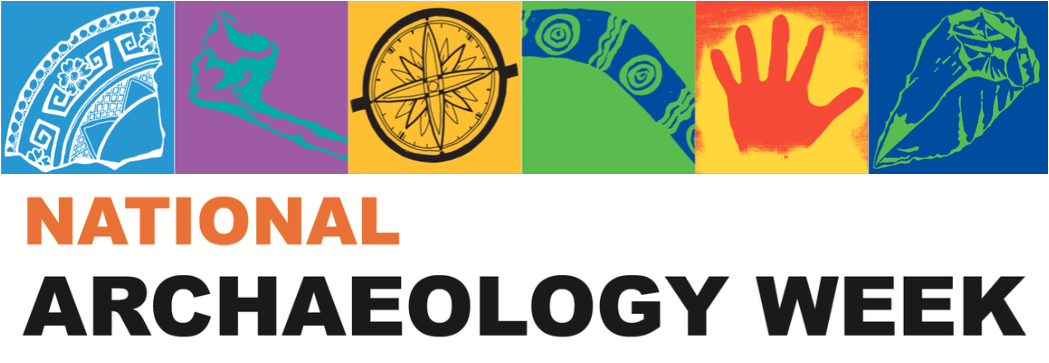Amir Zaribaf
Current position
Remote Sensing Scientist at the Department of Climate Change, Energy, the Environment and Water
PhD candidate at the University of Sydney
Where did you study?
The University of Sydney
How did you become interested in archaeology?
I initially attended lectures given by Professor Barbara Helwing before officially enrolling in the program. Her renowned expertise and vast knowledge of West Asian history, culture, and archaeology, along with her heartfelt encouragement, convinced me to change my career path from being an already established engineer and start my archaeological journey.
What archaeological projects are you working on at the moment?
The Archaeological Water Histories of Oman
The Kerkenes Project
Tell us about one of your most interesting archaeological discoveries.
On a hot winter day, under an already scorching Arabian sun, whilst my colleagues were surveying an Iron Age settlement in the piedmont of Hajar mountains in Northern Oman, I took the opportunity to explore the Wadis (dried-up valleys of seasonal streams) leading up to the site. We have already briefly examined the Wadis up to a few hours' walking distance. However, it never hurts to have a second look.
Low and behold not much further from the site the horizon suddenly disappeared and I found myself on a short downslope that led to a mid-level shelf standing higher than the Wadi Bed but lower than the surrounding plateau so it was hidden from the line of sight of those walking on the goat tracks. Looking around I found numerous stone arrangements that didn't seem to be naturally occurring yet did not resemble any archaeological feature I have seen in any of our previous expeditions, reports or publications. Upon closer examination, I found finely decorated potsherds on the surface, around and within the soil matrix of what later revealed to be a new typology of Iron Age Tombs.
Getting excited and my heart beating faster than normal I made a radio call to my colleagues and asked them to come over so I could have a second opinion. They agreed with me about the significance of features, and the next morning I was back with a proper GNSS rover and DSLR camera to survey the feature. We are currently in the process of preparing our findings to be published in the next volume of the Journal of Oman Studies.
Tell us about a funny / disastrous / amazing experience that you have had while doing archaeology.
I can proudly state that I am a world-leading expert on falling down on my elbows while trying to save the heavy digital equipment I usually have to carry in my hands and on my back.
What’s your favourite part of being an archaeologist?
I can disengage the historical narratives from their culturally exclusive narrators and their narrow points of view, and present them alongside archaeological facts to construct a more culturally inclusive and regionally unique narrative.
Follow up reading.
Proceedings of the Seminar for Arabian Studies (PSAS)
Journal of Oman Studies (JOS)
Journal of Archaeological Science: Reports (JAS: Reports)

